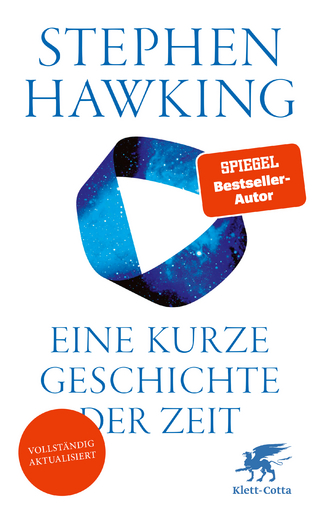
New Cosmic Horizons
Cambridge University Press (Verlag)
978-0-521-65833-1 (ISBN)
New Cosmic Horizons tells the extraordinary story of space-based astronomy since the Second World War. Starting with the launch of the V2 rocket in 1946, this book explores the triumphs of space experiments and spacecraft designs and the amazing astronomical results that they have produced. It also examines the fascinating way in which the changing political imperatives of the USA, USSR and Western Europe have modified their space astronomy programmes. This history of astronomy from space is extensively illustrated and unique in its coverage of such a broad range of topics in language accessible to amateur and professional astronomers, and other technically-minded readers. All major astronomy missions of the first fifty years of space research are covered: the Soviet Sputnik and American Explorer projects, the subsequent race to the moon, solar and planetary missions, and the wonders of modern astrophysics culminating in the exciting results of the Hubble Space Telescope.
David Leverington received his degree in Physics from the University of Oxford in 1963. Six years later he became design manager of a multinational industrial consortium building Geos, Europe's first geosynchronous scientific spacecraft, for the European Space Agency (ESA). In 1977 he joined ESA, Toulouse as programme manager of Meteosat, the meteorological satellite system of the European Space Agency. He was successively head of Spacecraft Engineering and Engineering Director at British Aerospace, Bristol from 1981–9 during which time he was responsible, amongst other things, for the Giotto spacecraft that intercepted Halley's comet, and the Photon Detector Assembly and solar arrays for the Hubble Space Telescope. In 1989 he was made Project Director of the mobile phone system, now called 'Orange', and in 1991 became Deputy Managing Director of British Aerospace Communications.
Preface; 1. The sounding rocket era; 2. The start of the space race; 3. Initial exploration of the Solar System; 4. Lunar exploration; 5. Mars and Venus: early results; 6. Mars and Venus: the middle period; 7. Venus, Mars and cometary spacecraft post-1980; 8. Early missions to the outer planets; 9. The Voyager missions to the outer planets; 10. The Sun; 11. Early spacecraft observations of non-solar system sources; 12. A period of rapid growth; 13. The high energy astronomy observatory programme; 14. IUE, IRAS and Exosat - spacecraft for the early 1980s; 15. Hiatus; 16. Business as usual; 17. The Hubble Space Telescope.
| Erscheint lt. Verlag | 1.2.2001 |
|---|---|
| Zusatzinfo | 15 Tables, unspecified; 73 Halftones, unspecified; 53 Line drawings, unspecified |
| Verlagsort | Cambridge |
| Sprache | englisch |
| Maße | 170 x 244 mm |
| Gewicht | 820 g |
| Themenwelt | Sachbuch/Ratgeber ► Natur / Technik ► Weltraum / Astronomie |
| Naturwissenschaften ► Physik / Astronomie ► Astronomie / Astrophysik | |
| ISBN-10 | 0-521-65833-0 / 0521658330 |
| ISBN-13 | 978-0-521-65833-1 / 9780521658331 |
| Zustand | Neuware |
| Haben Sie eine Frage zum Produkt? |
aus dem Bereich


